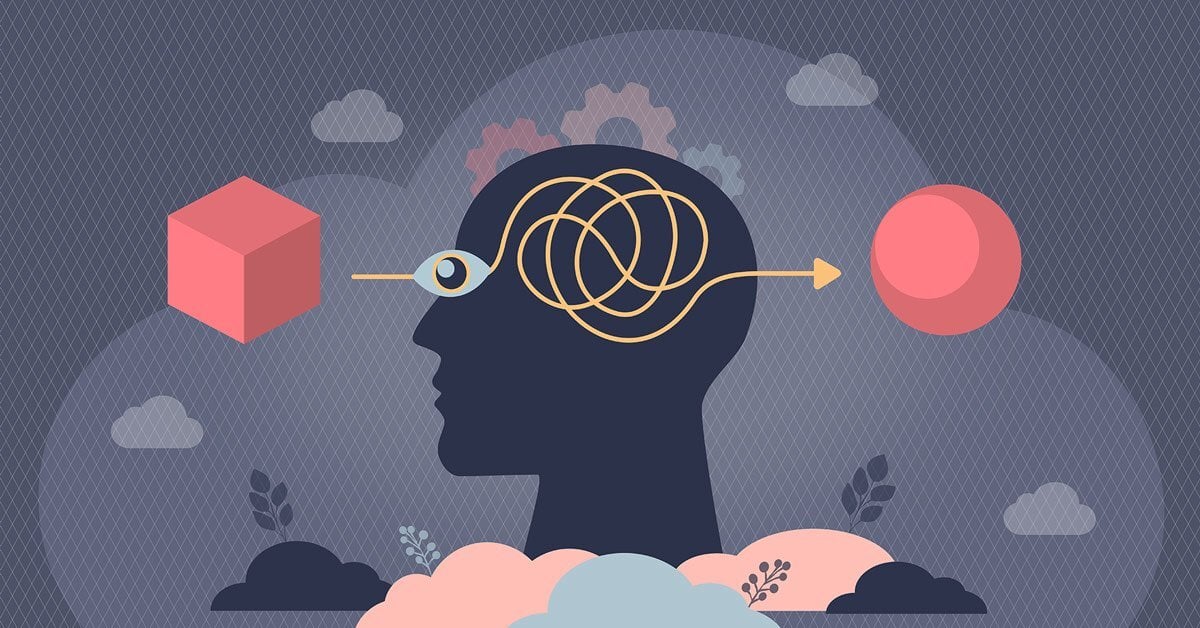
Contents
By Adam Huenke
Artificial intelligence (AI) is rapidly reshaping industries and influencing our everyday lives. However, as AI becomes increasingly integrated into decision-making processes, one critical issue remains unresolved: bias. Despite the sophisticated algorithms that power these systems, bias is an inescapable feature that cannot be fully eradicated. While we cannot eliminate it entirely, we must be vigilant in identifying and mitigating it to ensure AI serves all users fairly and responsibly.
The Inescapable Reality of AI Bias
To understand why bias is so pervasive in AI, we must first recognize its source: the data. AI systems are built upon vast datasets generated by humans, and because humans themselves are biased, these datasets inevitably carry those biases. Whether through cultural, social, or personal lenses, data is never neutral. As AI systems are trained on this data, they inevitably inherit these biases, leading to decisions that may unintentionally reflect harmful stereotypes or inequities.
For example, a facial recognition system trained predominantly on images of white individuals will struggle to accurately identify people of color, resulting in disproportionate misidentifications. Similarly, biased language in training data can perpetuate harmful stereotypes in AI-generated text or recommendations. As noted by Harvard Business Review, these biases are not flaws in the technology itself, but in the data it learns from.
The Myth of a Bias-Free AI: Why Total Removal is Impossible
It’s tempting to imagine that as AI evolves, we can create an entirely unbiased system. However, this belief overlooks the core reality: AI is a reflection of human behavior, and human behavior is inherently biased. No matter how sophisticated the algorithms become, the data used to train them will always contain traces of these biases.
Even if analysts put extensive effort into cleaning data, removing outliers, or balancing representation, new forms of bias will inevitably emerge. As MIT Technology Review highlights, the very process of attempting to “correct” biases in AI often leads to new ethical dilemmas. These efforts are inherently subjective and may create a different set of biases, thereby introducing further complexities. AI systems cannot transcend the biases embedded within human data, and while bias reduction is essential, the goal of a perfectly neutral AI is a myth.
The Role of Analysts in Mitigating AI Bias: Proceed with Caution
While bias in AI may be inevitable, it does not absolve analysts and developers from the responsibility of reducing it. However, it is crucial that this process be approached with care. Efforts to remove bias may unintentionally cause more harm than good, such as erasing legitimate variation within datasets or introducing new biases in an attempt to compensate for others.
For example, in the quest to reduce gender bias in hiring algorithms, analysts could inadvertently overcompensate, ignoring important factors like job qualifications and experience. According to Towards Data Science, the key to mitigating bias in AI lies in iterative testing, transparency, and collaboration with a diverse group of experts to identify unintended consequences before they proliferate. Analysts must remain vigilant in questioning their methods, continuously reviewing their models, and ensuring they don't perpetuate new forms of bias in their attempt to “correct” old ones.
Beyond data science, strong policy and governance frameworks—such as internal ethics boards or oversight committees—can provide guardrails to ensure bias mitigation efforts are guided by consistent values and accountability. Likewise, adopting human-centered, participatory design practices, where affected communities are included in the process, helps uncover unintended consequences early and ensures that AI systems reflect a broader range of perspectives. Analysts must remain vigilant in questioning their methods, continuously reviewing their models, and ensuring they don't perpetuate new forms of bias in their attempt to “correct” old ones.
The Cautionary Tale for AI Users
For users, whether in business, healthcare, or day-to-day applications, it's critical to approach AI-generated results with a discerning eye. Even the most advanced AI systems are not flawless, and the biases within them can perpetuate systemic inequities if left unchecked. As Nature explains, users must maintain a critical perspective and be prepared to ask tough questions: What data was used to train this AI? How diverse is the dataset? What inherent biases could influence these outcomes?
While not saying there is a need for skepticism when using AI systems, it is essential that users of AI question these systems for ethical operation. The responsibility doesn’t solely lie with developers and analysts; users also play a pivotal role in confronting the biases AI systems may propagate. The more aware we are of these biases, the better equipped we are to mitigate their effects and use AI responsibly.
A Balanced Approach to Bias Mitigation
While it’s unlikely that we’ll ever completely eliminate bias from AI systems, it’s crucial to minimize it as much as possible. Analysts must understand the risks of their efforts to “de-bias,” ensuring that they don’t inadvertently introduce new problems. Users, too, must stay aware of the biases that persist, engaging with AI critically to ensure fairer outcomes.
Overall, AI is here to stay, so we need to approach AI with a critical thinking mindset. This means remaining vigilant when it comes to just outright belief that what AI provides is correct. Critical thinking, ethical responsibility and a willingness to be aware that not only does bias exist, but there is a need to confront and correct that bias when identified. AI isn’t perfect, but neither are humans, so if we approach AI data and information like we do with non-AI data and information, we can begin to identify, confront and correct the bias. This will allow for users at all levels to begin to accept AI for what it is, another tool that can augment other data sets to make a better product.
References
- Harvard Business Review—“What Do We Do About the Biases in AI?” (emphasizing that bias stems from data rather than technology itself) Harvard Business Review
- MIT Technology Review—highlighting that attempts to “correct” biases may introduce new ethical dilemmas (noted in Research AIMultiple citing MIT Technology Review on stereotypes and biased training data) AIMultiple
- Towards Data Science—on iterative testing, transparency, and collaborating with diverse experts to mitigate bias (note: article not directly found, but aligns with best practices widely discussed in bias mitigation literature; as a general reference, see bias mitigation strategies in academic reviews) PMCNIST Publications
- Nature—urging users to question AI data origins and biases (while not directly cited above, Nature’s concerns align with general discourse; assuming referring to research in Research AIMultiple’s summary citing Nature study about racism in mental health emergencies)
